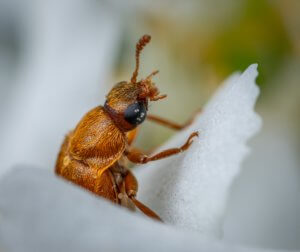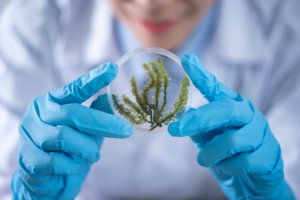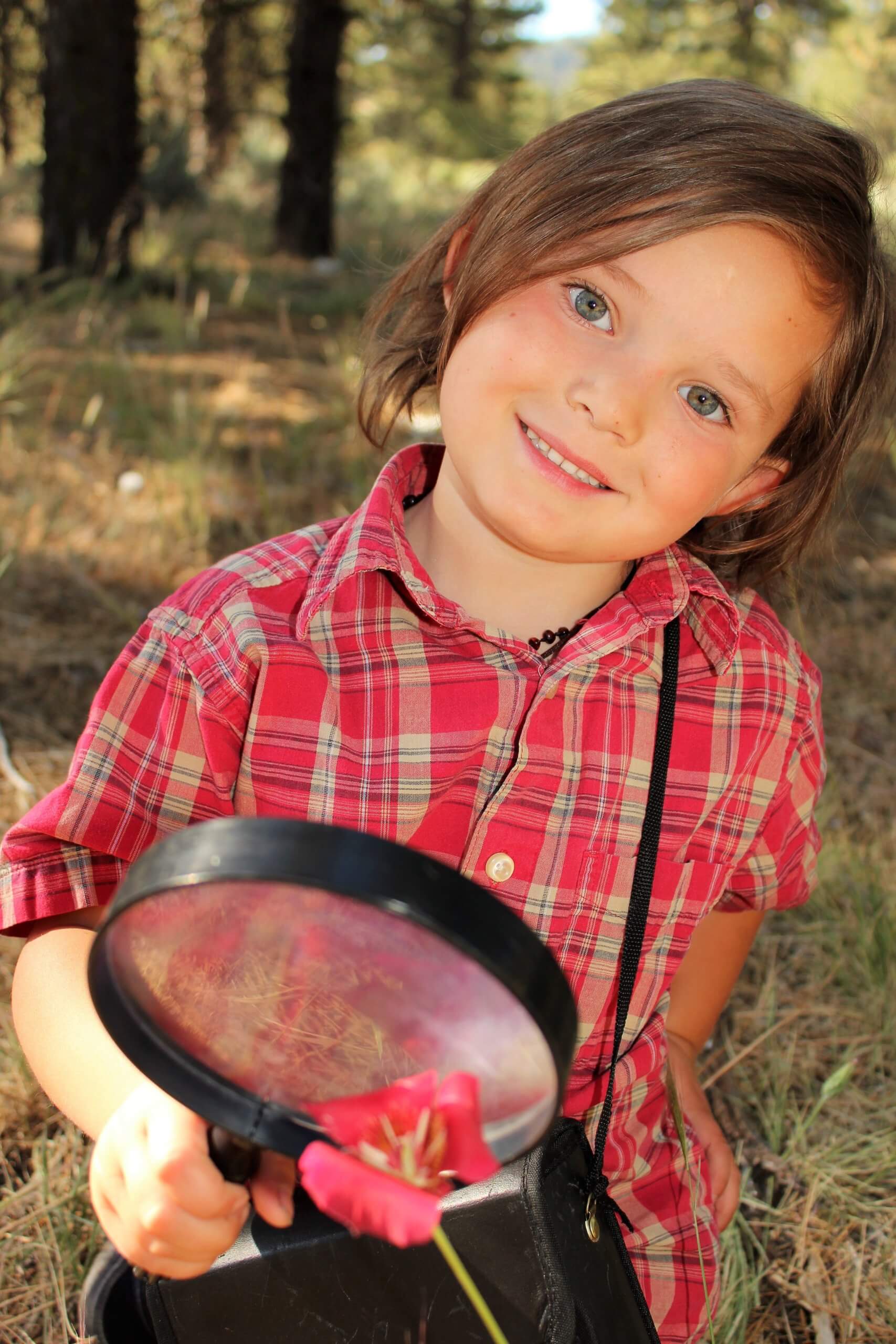
Backyard science experiments
With the extended lockdown announced most of us will be feeling a little restless, especially those with kids in the house. To lighten the mood and keep the fun going, here are some fun backyard science experiments you can do at home with the kids. Most of all of the materials can be easily found within the house, or with a quick trip to the supermarket. These hands-on activities are a great way to have fun while learning about new, educational concepts.
You can explore the chemical reactions between common household items that will cause an explosion. For the younger kids, some easier activities with bubbles and candy make an intriguing choice. Doing these fun-filled science experiments in the backyard makes for an enjoyable lesson during lockdown.
For parents/guardians looking for ways to keep children entertained during the lockdown, these backyard science experiments are a perfect way. Not only is it perfect to be done in the backyard where you can get some fresh air, but kids will also learn about various scientific concepts. Some of the most heart-racing activities include explosions, while the milder ones let you play with bubbles, balloons and flowers.
Exploding sandwich bag!

- This exploding sandwich bag is as its name suggests. This simple trick using only a sandwich bag, some vinegar, and baking soda uses the chemical reaction between the two to make a safe gas explosion. In this experiment, kids will learn about chemical reactions and gas.
- Science Explained: When baking soda mixes with vinegar, it produces carbon dioxide gas. This reaction is known as an acid-carbonate reaction. The acetic acid in the vinegar reacts with sodium bicarbonate producing sodium acetate (a type of salt) and carbonic acid. The carbonic acid is unstable on its own and will decompose quickly to produce carbon dioxide gas and water. This is what causes the mixture to bubble. As gas is kept being produced, the bag, which is too small to contain it all, will explode.
- How to Explode a Plastic Bag | Science Projects
Miniature popping rockets

- Making a tiny rocket that actually ‘pops’ is a fun experiment that calls for hands-on design and explores chemical reactions.
- HINT: you can use mini M&M tubes for a quick and easy substitute as the rocket body.
- Science Explained: Antacids contain basic acids which when in contact with water, will react to produce carbon dioxide gas. As the trapped gas has nowhere to go, it will build up in the rocket body until the pressure is too great and explodes from the canister causing the rocket to ‘pop’.
- Pop Rockets
Soapy snakey bubbles
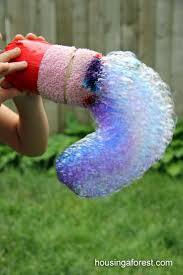
- This slippery activity is both quick and easy involving items already in your house. Kids can learn about the dynamics of bubbles.
- Science Explained: Mixing water and soap will trap the air which creates a bubble.
- TIP: a long continuous exhale will make a longer, soapier snake.
- DIY BUBBLE SNAKE! 1 MILLION BUBBLES!
Let’s make a bouncing bubble!
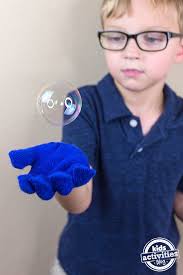
- What’s better than bubbles? Bubbles you can bounce! This fun activity lets you bounce your bubble on your hand without it popping.
- Science Explained: Bubbles will pop when the water within the soap layers evaporate. Mixing in corn syrup will let it form a weak bond with hydrogen delaying the evaporation, and making the bubble stronger and last longer.
- TIP: You can also use corn syrup instead of glycerine
- Bouncing Bubbles Science Experiment
Colour changing flower petals!
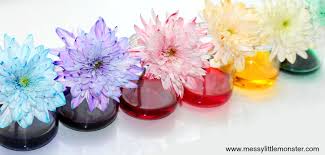
- This quick experiment uses materials from the garden making it perfect for a fun activity in the backyard.
- Science Explained: flowers and plants have vascular tissue known as xylem. This not only provides support for the plant, but also transports water and minerals up the stem to the flower itself. The water will then evaporate and the food colouring will turn darker and darker.
- TIP: Any white flower will do but daisies are a good option
- Food Coloring Flowers
A Flying Balloon Without Helium? Yes please!
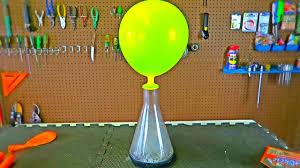
- In this activity, children will learn about solar energy, thermodynamics and buoyancy which can make a huge balloon float without helium.
- Science Explained: The black colour of the bag allows it to absorb lots of energy from the sun. This energy will then heat the air trapped within it. As the hot air is of a lower density than the cold air around it, it will begin to rise.
- TIP: This experiment works best in hot/sunny weather.
- Solar Balloon // Becky Stern
Water-filled bag with many holes but no leaks!
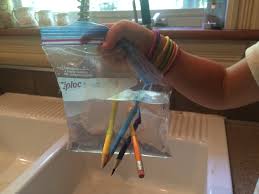
- In this experiment, kids can learn about the science of polymers while hopefully staying dry.
- Science Explained: The plastic bag is made up of polymers which are long chains of molecules. This makes the plastic bag flexible and stretchy. When the sharp pencil pierces through the bag, these long polymers will quickly seal around the pencil. This seal happens faster than the speed the water can escape, and therefore there aren’t any leaks.
- Water in Plastic Bag Trick – Leak Proof Bag Science Experiment | Educational Videos by Mocomi Kids
Exploding watermelon
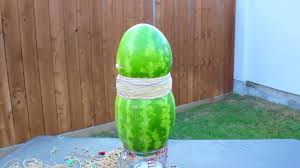
- This exploding experiment is a challenge for older kids to do and learn about the transfer of energy and pressure.
- Science Explained: Potential energy is anything that has the possibility to move while kinetic energy is anything that has movement. A rubber band’s potential energy greatly increases when it’s stretched. This potential energy allows the rubber bands to break the structure of the watermelon rind. Inside the watermelon, the fruit is also undergoing structural changes and getting pushed into areas that don’t have space for them. This creates a lot of pressure, and as more rubber bands are added, the pressure keeps building up until the watermelon explodes.
- EXPLODING WATERMELON CHALLENGE!
Amazing rock candy’s
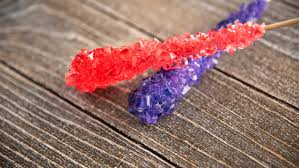
- Not only does this activity create beautiful crystals, it’s also made with sugar and therefore edible! The only downside is you have to wait for the reaction which can take a week.
- Science Explained: Sugar crystals form as a result of a supersaturated solution. Heating the water lets more sugar dissolve and when the water cools, the solution is supersaturated. This means that there’s too much sugar in the water and not all of it can dissolve. When this happens, they clump together and form crystals. When you put a string into the solution, the sugar will cling to the string instead, forming rock candy.
- Homemade Rock Candy – Sick Science! #188
Rocket from a teabag
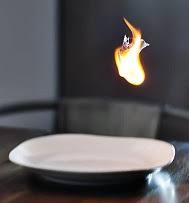
- In this experiment, kids can learn about how heat changes air density.
- TIP: this experiment is best done outdoors on the patio to avoid burning grass and preventing the house from smelling of smoke.
- Science Explained: By burning the teabag, the air inside the teabag cylinder is heated. This heat energy transfers to air molecules making them move faster and spread out, taking up more space. This makes the warmer air less dense compared to the cooler air. When the teabag burns, it’s turned into ashes and is easily lifted up by the heated (less dense) air.
- How to Make Tea Bag Rockets
Bursting pop-top fountain

- What better way to reuse pop-top bottles than with a fun experiment? In this activity, kids can reapply their knowledge of the chemical reaction between vinegar and baking soda. This pop-top fountain is the next level of the exploding sandwich bag with a greater explosion force.
- Science Explained: When baking soda (sodium bicarbonate) mixes with vinegar, it produces carbon dioxide gas. This reaction is an acid-carbonate reaction. The acetic acid in the vinegar reacts with sodium bicarbonate producing sodium acetate (a type of salt) and carbonic acid. The carbonic acid is unstable on its own and will break down quickly to produce carbon dioxide gas and water. Adding the detergent while the gas bubbles away create lots of foam. The gas then builds-up lots of pressure inside the container until it pushes open the pop-top.
- Pop-top fountain
COKE ERUPTION
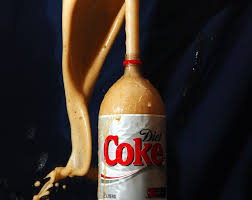
- In this sweet, messy experiment, kids can learn about chemical and physical reactions using components of everyday foods.
- Science Explained: soft drinks are mainly composed of water, sugar and dissolved carbon dioxide. The water acts as a net to trap each molecule of carbon dioxide in the coke so it doesn’t join together, preventing it from making bubbles. On the surface of Mentos lollies, there are tiny gaps which allow the coke to change its physical state very quickly. So when Mentos is put into coke, the carbon dioxide molecules can now go to the tiny bumps and clump together. This then makes lots of bubbles with lots of pressure causing the coke to explode.
- TIP: this experiment works best with diet soda
- DIY | Diet Coke and Mentos Eruption | Science Experiments To Do A Home
Hopefully, these fun backyard science experiments have helped you pass time and learn about science during the lockdown. Don’t forget to share what you’ve learned with others and any other fun backyard science experiments you know with us.
For more activities check out our Homeschooling resources blog.




